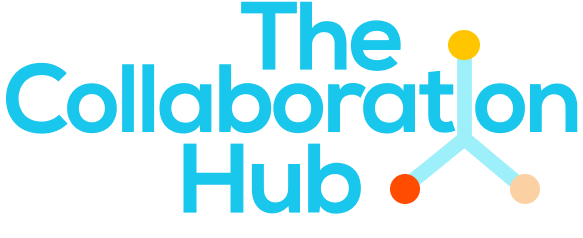 Identifying the Opportunity
Identifying the Opportunity
Needs assessment and gap analysis
Conduct a gap analysis
A gap analysis enables you to understand where to focus any partnership activity and ensures it is addressing real needs, and bolsters existing activity, making it more complete.This analysis should:
- Be informed by the findings of the internal assessment and community stakeholder consultations, to understand your strengths and weaknesses in relation to media and your target audience.
- Review the key stakeholder groups, sectors and services that hold influence over your target audience and intersect with the gender norm in focus. This should consider the different social strata—be it individual, interpersonal, community, or societal levels. E.g. faith groups, policy makers, community-based organisations, social media influencers, financial service providers, health care practitioners.
- Evaluate the media’s role in changing gender norms and its effectiveness. For instance, examining if content for young audiences perpetuates harmful stereotypes and entrenched gender roles. This could include conducting a media landscape review to understand how different segments of your target audience consume media and identify the best channels to reach them.
- Consider the benefit of external expertise, resources or capabilities that a partner could provide to reach and influence your target audience and their social networks. This will be explored further in the Specialism and Influence Review
- Draw on a literature and best practice review of other partnership strategies, to take learnings from initiatives that have successfully collaborated to transform gender norms.
- Review whether young people are actively participating in the current processes to challenge and transform gender norms.
- Review existing resources within the State system and explore how they can be further developed and utilised to enhance sustainability.
- Focus on the most critical gaps that, if addressed, would have the greatest impact on the project’s success.
Remember to involve stakeholders to validate the findings and ensure that the analysis reflects the reality of the situation. Since a gap analysis is a dynamic tool, it should be revisited and updated as the project evolves and new information becomes available
